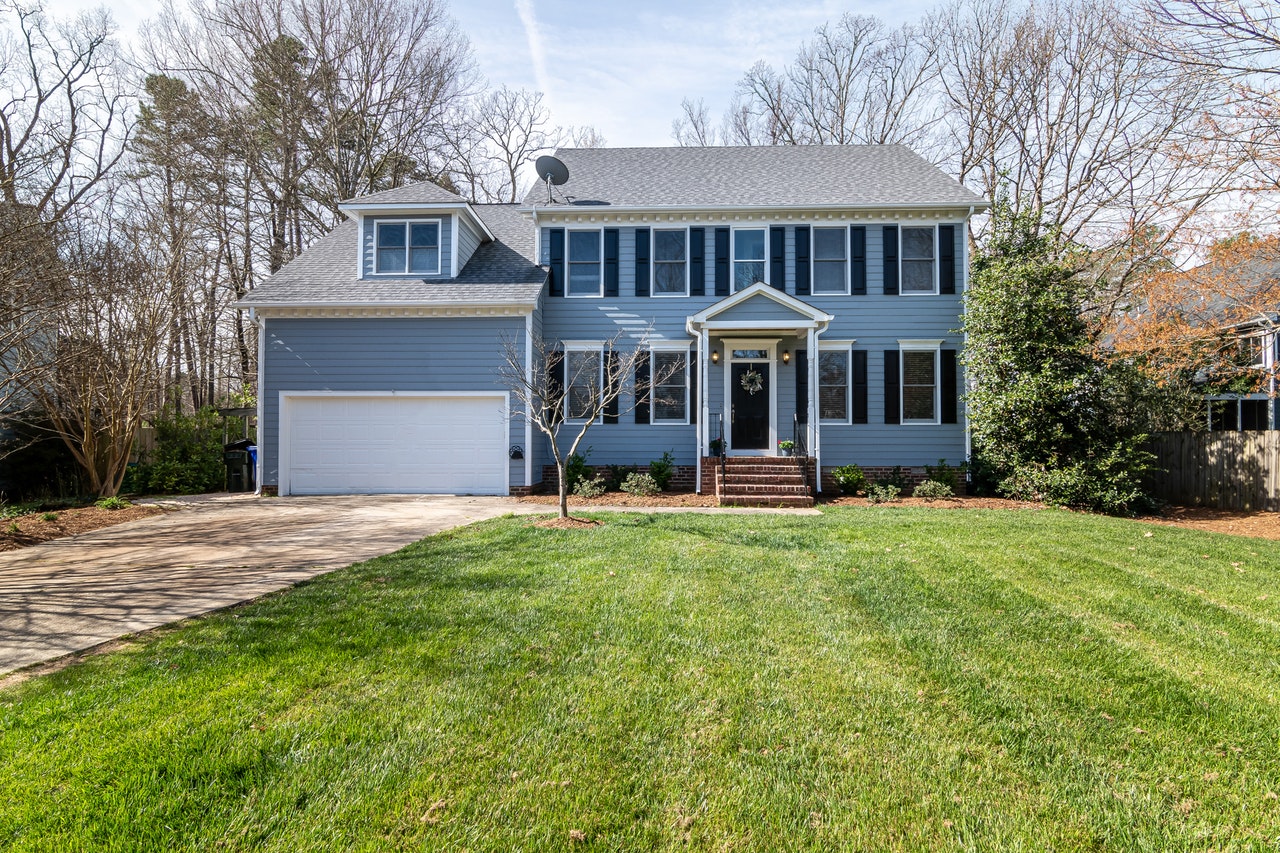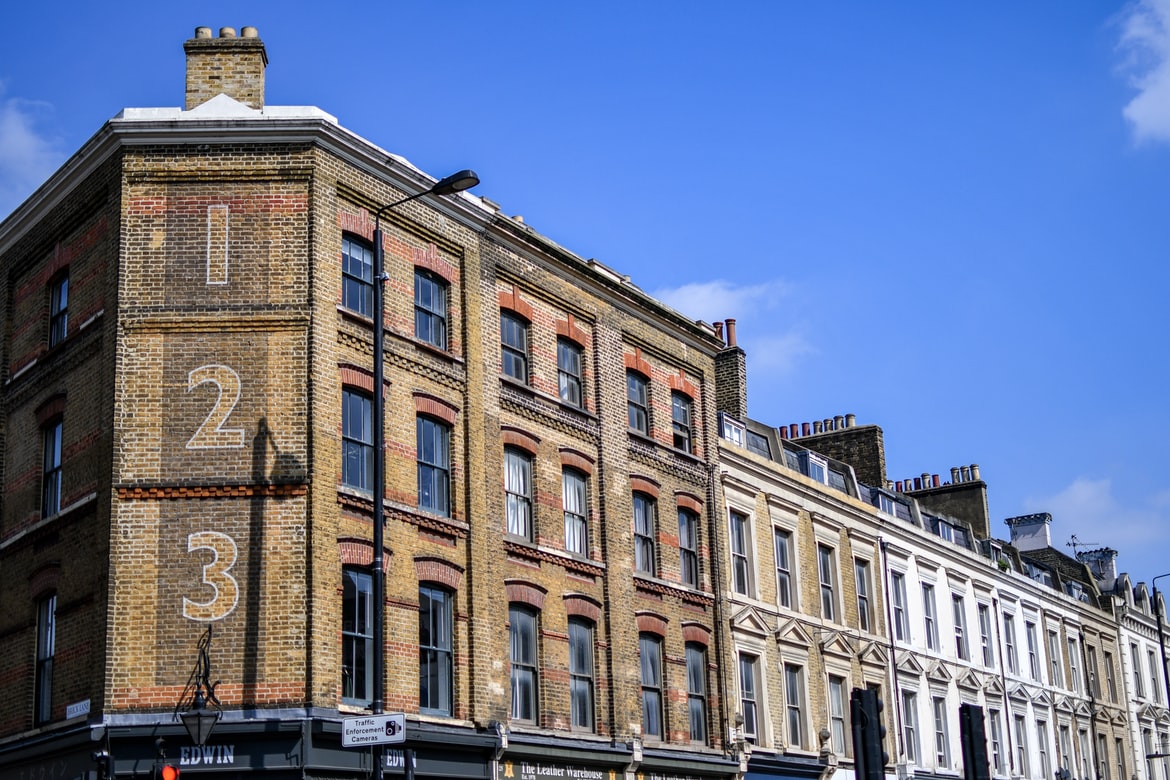
The demise of the American lawn
___
Published Date 6/27/2022
They were once a status symbol. Lawns, a uniquely American obsession, began yard domination when the word “suburb” took over in the 1950s and ‘60s. Whether your house was a reflection of Lyon Estates, Marty McFly’s modest Back to the Future house or a rambling estate with a golf green front yard and circular drive, these pristine carpets of green turf have been meticulously maintained, measured only by their lack of crabgrass, length, and caretakers, hired out or not.
CNN Style’s Matthew Ponsford says but for nature, lawns offer little. “Their maintenance produces more greenhouse gasses than they absorb, and they are biodiversity deserts that have contributed to vanishing insect populations,” he says. “Residential lawns cover 2% of US land and require more irrigation than any agricultural crop grown in the country. Across California, more than half of household water is used outside of the house.”
Shifting attitudes toward lawn care represent a gigantic opportunity, according to Ponsford, who reports that in 2005, a NASA satellite study found that American residential lawns take up 49,000 square miles (128,000 square km) -- nearly equal in size to the entire country of Greece. He adds that according to environmental scientists, transforming lawns into miniature modular bio-reserves could not only boost biodiversity, but could cut water and gasoline consumption and reduce the use of dangerous lawn chemicals.
Western states have been feeling the pinch for a while, as droughts have led to restrictions on water usage, forcing many to reconsider their thirsty lawns. More inventive families and landscape architects are transforming yards into drought tolerant garden expanses while producing oases of life for hummingbirds, bees and butterflies by employing scientific insight, design and imagination.
"This new garden model is giving people permission to play," said San Clemente, CA, landscape designer Jodie Cook, who has redesigned home lawns across Orange County, with an emphasis on "ecosystem-centric" design. The change does come with some perks, as there is increasing evidence that close contact with natural environments can reduce stress and anxiety, and even help maintain memory as we age.
According to Cook, the families she's worked with have been delighted to reconnect with eclectic natural processes, such as watching rain cascade down water-drainage swales. "They don't want to travel to a wilderness park to see ecosystem interactions.”
Ponsford reports that what Cook sees in California reflects an emerging trend across the country, even in areas where green is abundant and rainfall not as precious. In Minnesota, homeowners have been offered rebates to replace lawns with flowering plants beloved by bees. Cities and municipalities, such as Montgomery County in Maryland, have also offered to pay families and homeowner associations to design gardens that collect storm water in water features and underground rain barrels.
Places like Phoenix, AZ have been making the change to lawnless yards for decades now. Long ago the state began to take action, charging more for water in the summer and banning lawns on new developments. “At the turn of the millennium, 80% of Phoenix had green lawns, now only 14% does,” says Ponsford. Similarly, the nonprofit Green America has launched the Climate Victory Gardens initiative, which encourages people to plant "regenerative" food gardens. Inspired by the Home Victory Gardens that grew millions of tons of fresh fruits and vegetables during World War I and II.
Faced with the choice between a wildlife garden or synthetic lawns, the latter has also become increasingly popular in drought-hit areas. Realistic fake lawns now occupy more than a small putting green in the backyard, and homeowners tired of paying for or tasked with doing lawn maintenance and paying high water bills are able to gaze out at perfect, weedless expanses of realistic green while others see their lawns turn brown each year. These synthetic lawns don’t come cheap, but once installed they become much beloved by homeowners as well as enviously remarked upon by neighbors, who take quick note of what they might plan for next in their home improvement budgets.
From injecting more wildflowers to the advanced option of planting tall meadow or prairie-like native plants, the effect of one homeowner making visible changes is addictive as well as infectious in a given neighborhood. When one home commits to a wildlife-friendly lawn, others often follow. "(It's) an unspoken message to their neighbors, it is evidence that they care about the environment," Cook said. "In many areas, the first house on the block has set off a domino effect, as others take permission to experiment."
CNN, TBWS
All information furnished has been forwarded to you and is provided by thetbwsgroup only for informational purposes. Forecasting shall be considered as events which may be expected but not guaranteed. Neither the forwarding party and/or company nor thetbwsgroup assume any responsibility to any person who relies on information or forecasting contained in this report and disclaims all liability in respect to decisions or actions, or lack thereof based on any or all of the contents of this report.


Atiba Thompson
President
NMLS: 376247
470 OLDE WORTHINGTON RD, WESTERVILLE, OH 43082
470 OLDE WORTHINGTON RD,, WESTERVILLE OH 43082
Company NMLS: 796590
Office: 614-578-1623
Email: atiba@orefc.com
Web: http://www.orefc.com

Atiba Thompson
___
President
NMLS: 376247
Last articles
___

Three things that could impact rates this week
10/7/2024
These are the three areas that have the greatest ability to impact rates this we... view more

Three things that could impact rates the week starting 09-30-24
9/30/2024
This week we look to Fed speakers, Labor and economic data as the primary movers... view more

August Durable Goods Orders boosted by defense spending
9/26/2024
Headline August Durable Goods Orders were 9.9% versus estimates of -2.6%...... view more

Wildfire prevention: Rethinking landscaping habits
9/24/2024
In the aftermath of devastating wildfires that have ravaged...... view more

Three things that could impact rates the week starting 09-16-24
9/16/2024
This week we look to Retail Sales, FOMC and other central banks as the primary m... view more

Home sweet home? America's rollercoaster ride
8/26/2024
The U.S. housing market has been on a wild ride in 2024...... view more

The Dark Side of Solar
8/23/2024
Few things on earth are free, including solar energy. While it can offer long-te... view more

Initial Weekly Jobless claims meet expectations
8/22/2024
Initial Weekly Jobless Claims were inline with expectations, 232K versus et of 2... view more
Load more
 470 OLDE WORTHINGTON RD, WESTERVILLE, OH 43082
470 OLDE WORTHINGTON RD, WESTERVILLE, OH 43082

